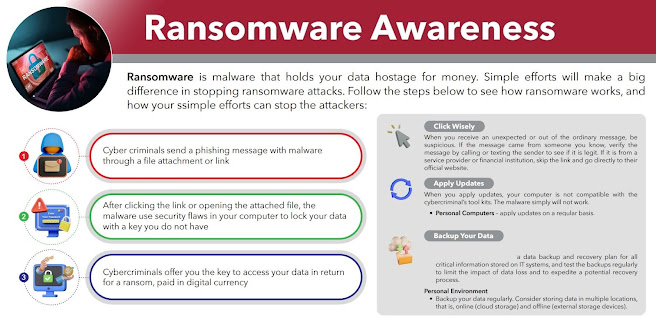What is Ransomware?
Ransomware is a type of malicious software designed to block access to a computer system until a sum of money is paid. It works by encrypting files on an infected system and demanding ransom, usually in cryptocurrency, to decrypt them.Ransomware most commonly spreads through phishing emails containing malicious attachments or links. Users may unwittingly download and enable the malware by opening the attachment or visiting the link. Attackers have also been known to exploit vulnerabilities in unpatched software and systems to deploy ransomware.Types of Ransomware Attacks
There are different types of ransomware attacks based on their encryption methods and distribution techniques. Some common ones include:Crypto-ransomware: Uses strong encryption to lock files until ransom is paid. Examples include WannaCry, REvil.
Lockers: Don't encrypt files but instead lock the system's desktop and prevent access until payment. Examples include Bart.
Ransomware-as-a-Service: Cybercriminals purchase or license ransomware kits from sellers to launch their own attacks.How to Avoid Ransomware Infection
To reduce the risk of ransomware, it's important to practice safe online habits. Some effective measures include:
- Keep software updated with the latest patches. Vulnerable programs are prime targets.
- Be wary of links and attachments in unsolicited emails, even if they appear to be from known contacts.
- Use antivirus software and enable firewall protections.
- Make regular backup copies of important files stored separately offline.
- Use strong and unique passwords for Internet-connected devices and networks.
- Limit user privileges and permissions on systems for less vulnerability.
- Be diligent with phishing and security awareness training for employees.





Your comments are greatly valued, and we appreciate your participation.